Current State of the South Korean Market: The Most Promising Crypto Market in 2025

#Crypto #Korean #KoreanMarket
South Korea’s crypto market and industry are uniquely vibrant on the global stage, making it one of the hottest crypto markets in the world. More importantly, in terms of investor fervor, few markets can rival South Korea. Local investors have repeatedly driven up token prices on domestic exchanges, even giving rise to the distinctive phenomenon known as the “Kimchi Premium.”
What does that mean? Let’s take BTC as an example. In theory, Bitcoin should trade at roughly the same price globally. However, in South Korea, it often trades at a 3–5% premium compared to the global average.
For instance, on February 3rd of this year, due to concerns over Trump’s tariff war, the “Kimchi Premium” on Bitcoin surged to 9.7% at 2:00 a.m., marking a 10-month high since April 2024.
When it comes to market potential and depth, aside from the United States, no other regional market can confidently claim greater “potential” than South Korea. According to South Korean media outlet SBS, as of the end of February this year, the total number of users on South Korean virtual asset exchanges has surpassed the number of stock investors — making South Korea the first developed country in the world where crypto users outnumber traditional financial investors.(Note: This data represents the combined number of account holders across South Korea’s five major exchanges — Upbit, Bithumb, Coinone, Korbit, and Gopax. If an individual holds accounts on multiple exchanges, they are counted multiple times.)
In today’s article, we will analyze the current state of the South Korean market from three key dimensions: regulatory policies and enforcement, market dynamics, and industry participants.
- Click to register SuperEx
- Click to download the SuperEx APP
- Click to enter SuperEx CMC
- Click to enter SuperEx DAO Academy — Space

Crypto Craze Sweeps South Korea, Surge in Investors Across All Demographics
Overview of Participants
According to a report by South Korean media outlet SBS on March 30, as of the end of February 2025, the total number of users on South Korea’s virtual asset exchanges has surpassed 16 million, reaching 16.29 million — approximately 32% of the country’s total population of 51.68 million. This figure now exceeds the number of stock investors, which stands at 14.1 million.
More importantly, the number of crypto investors continues to grow steadily, with hundreds of thousands of new users added each month. Based on this trend, market observers predict that the total number of investors will soon reach 20 million.
South Korea has thus become the first developed country in the world where crypto users outnumber traditional financial investors.
Investor Demographics
- General Public: About 77% of users hold less than KRW 100 million (approximately USD 72,000) in crypto assets. This group, comprising ordinary citizens, represents around 39.79 million people.
- Middle Class: Approximately 1.3% of investors hold over KRW 100 million in crypto assets, totaling around 672,000 users.
- High-Income Group: Around 0.03% of investors hold more than KRW 1 billion (about USD 724,000) in crypto, estimated at 15,000 people.
- Public Officials: According to disclosures from the Public Officials Ethics Committee on March 27, over 20% of the 2,047 officials surveyed hold crypto assets — slightly above the national average. These 411 officials collectively hold KRW 14.4 billion (USD 9.8 million) in crypto, with an average holding of nearly USD 24,000 per person.
Age Distributio
- 30s Dominate: Investors in their 30s represent the largest group of active traders.
- Significant Growth Among Older Adults: Investors aged 50 and above account for 25% of all users and make up 50% of the “whale” category (those holding over KRW 1 billion).
- Young Adults (20–30s): Influenced by a “financial healing” culture, this group favors high-risk investments and shows a higher propensity for leveraged trading.
Status of Major Exchanges
Upbit, South Korea’s largest exchange, has nearly 10 million account holders as of the end of March. Following Upbit, the exchanges with the most users are:
- Coinone: 3.2 million
- Bithumb: 2.36 million
- Korbit: 770,000
- Gopax: 150,000
In the past year, Bithumb saw its user base grow from 1.33 million to 2.36 million — a 77.4% increase. This growth rate far outpaced that of Gopax (52.4%), Korbit (10.9%), Upbit (14.2%), and Coinone (8.6%).
Investment Preferences
- Meme Coin Frenzy: Over 50% of investors hold meme coins such as DOGE, TRUMP, and $PENGU, largely driven by listings on centralized exchanges (CEXs).
- Altcoin Dominance: 80% of trading volume on Korean exchanges comes from tokens other than Bitcoin and Ethereum.
- Bullish Sentiment: 75% of investors believe Bitcoin will surpass KRW 150 million (approximately USD 102,000) by 2025.
Asset Holdings
- BTC: 37.2% holding rate, the most popular crypto asset.
- ETH: 11.1% holding rate.
- XRP: 10.6% holding rate.
- DOGE: 2.8% holding rate.
- ETC: 2.7% holding rate.
What Drives South Koreans’ Enthusiasm for Crypto Investments?
According to the State of the South Korean Cryptocurrency Market report released last year by Presto Labs, South Korea has been one of the largest crypto markets globally since 2017. The Korean won has consistently ranked second among fiat currencies in global crypto trading volume. The report attributes South Korea’s crypto investment boom to a combination of factors — economic, cultural, technological, and regulatory — including a highly connected society, a tech-savvy population, a strong appetite for risk, and the fast diffusion of trends in a homogeneous society.
1. Economic and Investment Landscape
South Korea experienced rapid economic growth in the late 20th century, but in recent years, the pace has slowed. Traditional investment channels such as real estate and the stock market have lost some of their appeal. Against this backdrop, cryptocurrency — with its high return potential and low barriers to entry — has emerged as a new avenue for wealth generation.
Surveys show that over half of South Korean crypto investors choose this asset class because they believe it offers “higher short-term returns compared to other assets.”
2. Socio-Cultural Factors
Korean society embraces the concept of “빨리 빨리” (“ppalli ppalli” or “hurry hurry”), a culture that emphasizes speed and efficiency in all areas of life — including wealth accumulation. The crypto market’s high volatility and potential for quick gains align well with this cultural mindset, attracting many investors hoping to achieve significant returns in a short time.
3. Technological Penetration and Youth Demographics
South Korea boasts world-class internet infrastructure and a large proportion of tech-savvy individuals, particularly among younger generations. This has enabled new technologies and investment trends like cryptocurrency to gain rapid acceptance.
Data shows that 26% of adult internet users aged 18 to 60 in South Korea have invested in cryptocurrency in the past six months. Among them, young women aged 18–30 now account for 67% of all female crypto investors — a significant increase.
4. Information Dissemination and Social Influence
As a largely homogenous society, South Korea exhibits rapid information dissemination and a strong tendency to adopt societal trends. When crypto investing became a popular topic, public participation surged. Moreover, the increasing presence of crypto elements in Korean pop culture has further boosted public awareness and acceptance.
5. Government Policy and Regulation
As of March 2025, South Korea has implemented several major regulatory measures to balance market innovation with risk management, aiming to protect investors and ensure market stability.
1) Regulation of Cross-Border Virtual Asset Transactions
Starting in the second half of 2025, South Korea plans to regulate cross-border transactions involving virtual assets such as cryptocurrencies. Under the new rules, companies engaging in such transactions must register with the relevant authorities and submit monthly reports to the Bank of Korea.
This move is in response to a cumulative KRW 11 trillion (approx. USD 7.97 billion) in foreign exchange-related crimes since 2020–81.3% of which involved virtual assets.
2) Phased Permission for Corporate Real-Name Crypto Accounts
The Financial Services Commission (FSC) plans to allow corporations to open real-name virtual asset accounts in three phases:
- Phase 1 (Q2 2025): Law enforcement agencies, nonprofit organizations (e.g., charities, universities), and crypto exchanges can open accounts to handle seized assets, accept and liquidate crypto donations, and sell crypto acquired via transaction fees.
- Phase 2 (Second half of 2025): Professional institutional investors (about 3,500 entities with sufficient risk capacity) will be allowed to participate in crypto trading.
- Phase 3 (Mid-to-long-term plan): The FSC will explore the possibility of allowing general corporations to participate, which will require legal and structural adjustments.
3) Cryptocurrency Capital Gains Tax Policy
Beginning January 1, 2025, the government will impose a 20% capital gains tax on profits from crypto trading. The tax-exempt threshold will be raised from KRW 2.5 million (approx. USD 1,795) to KRW 50 million (approx. USD 35,919) to protect small and mid-level investors.
4) Permission for Institutions to Liquidate Crypto Donations
Starting in the second half of 2025, South Korean institutions such as charities and universities will be allowed to sell crypto assets received as donations. Previously, they could accept digital asset donations but were unable to convert them into cash.
South Koreans’ passion for cryptocurrency is the result of a convergence of multiple factors: economic conditions, cultural values, technological readiness, fast-moving information, and supportive (yet cautious) regulatory policies. These elements reinforce one another and collectively drive the rapid growth of South Korea’s crypto market.
Summary
South Korea’s crypto market exhibits a “nationwide speculation” trend, with investors in their 30s dominating trading activity and older investors increasingly represented among high-net-worth individuals. Meme coins and altcoin trading are widespread, though most investors hold relatively small positions and rely on centralized exchanges (CEXs) for high-volatility speculation. While market sentiment remains optimistic, it coexists with regulatory uncertainty and leverage-related risks.


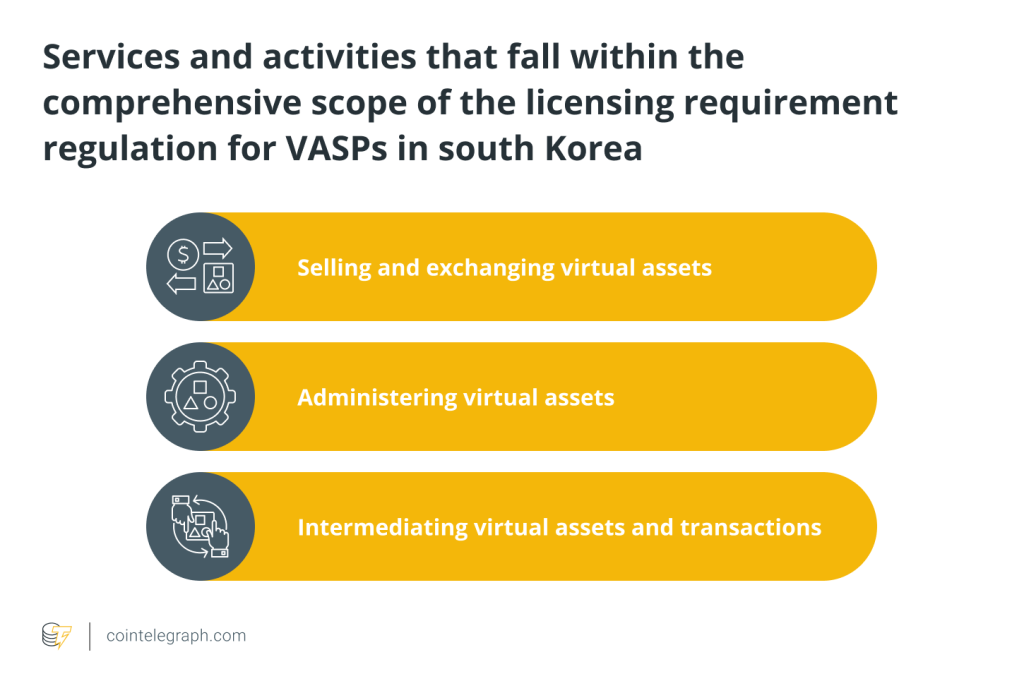
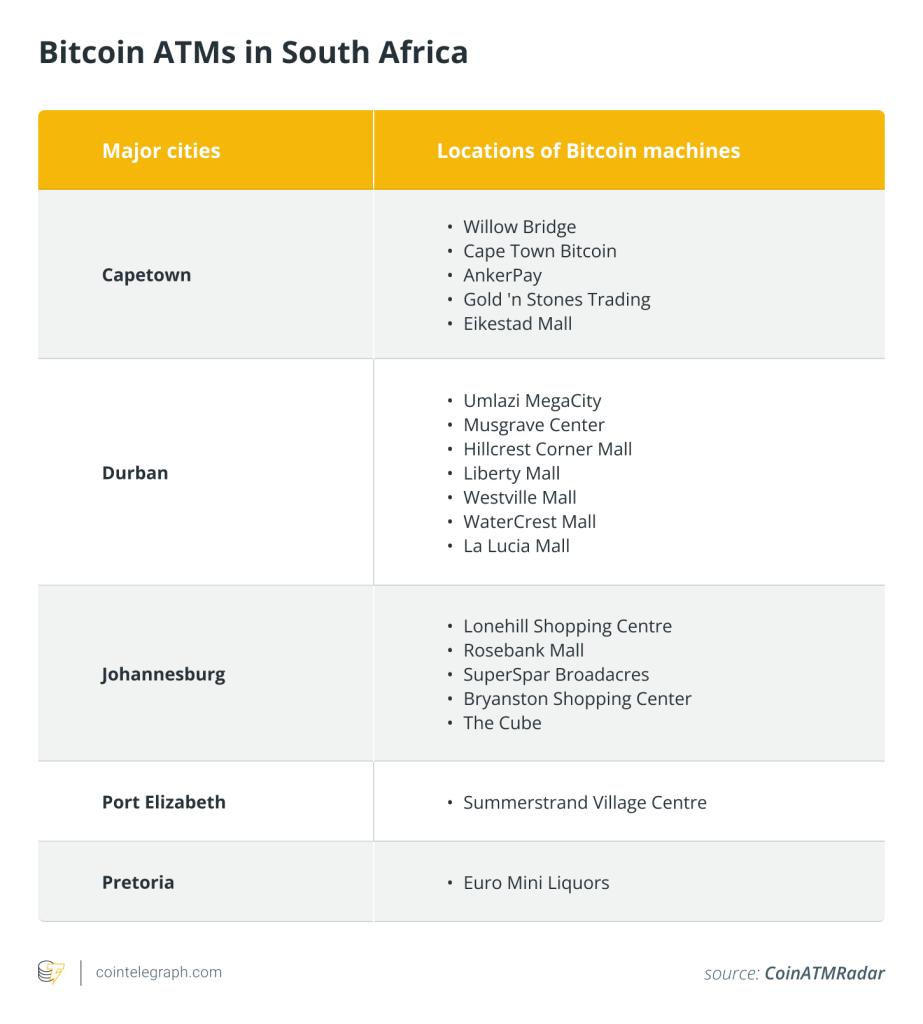
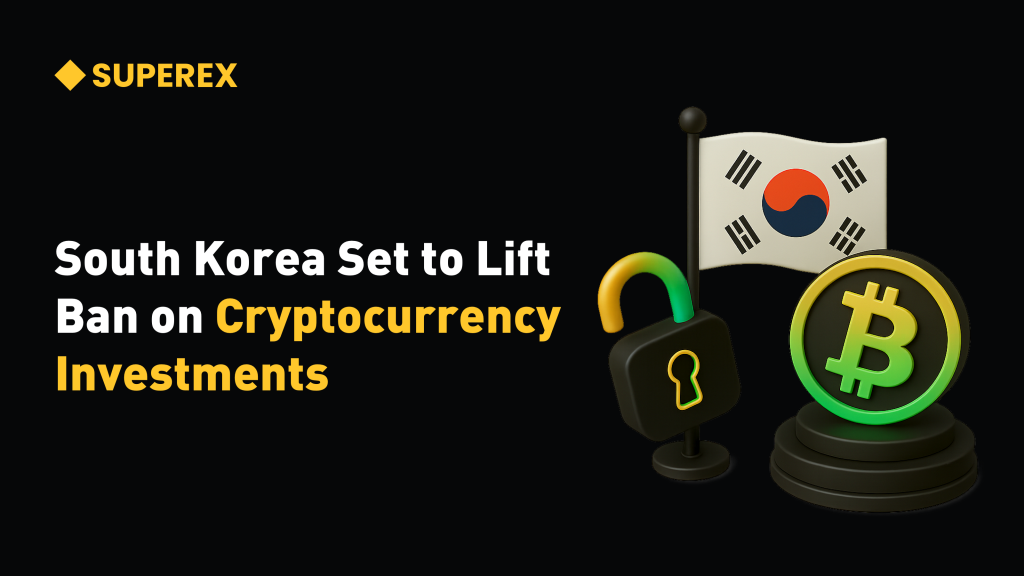
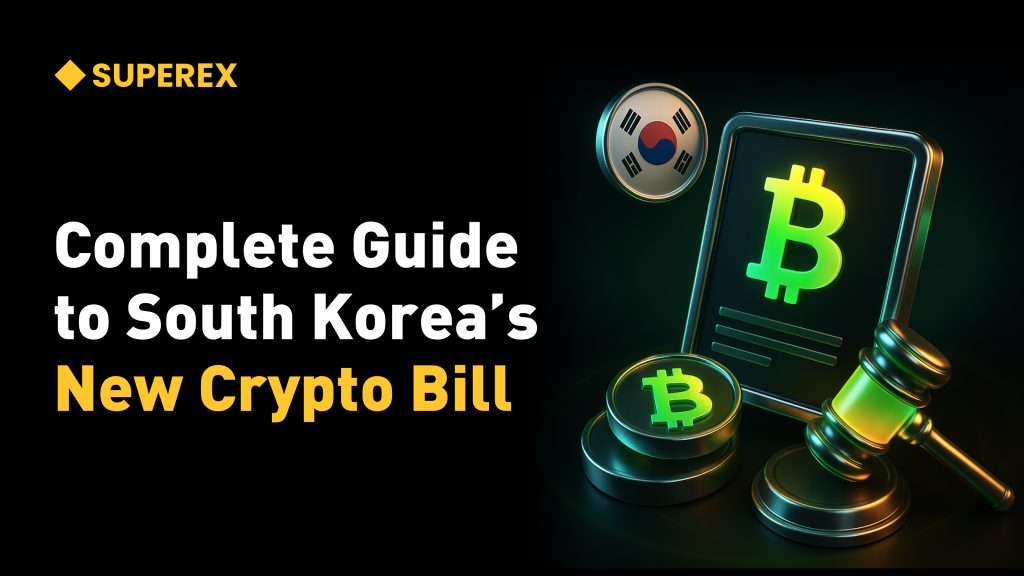
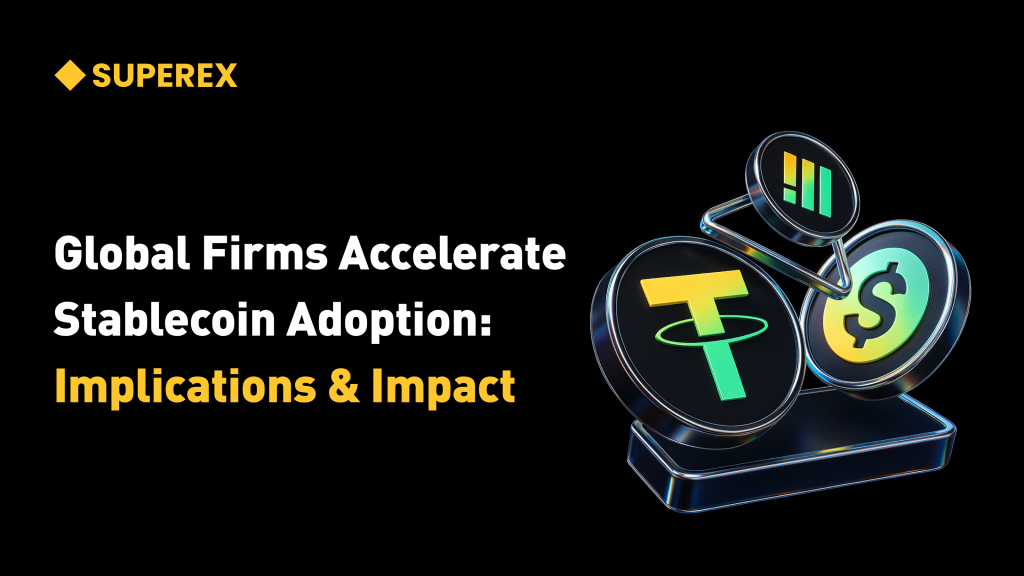
Responses